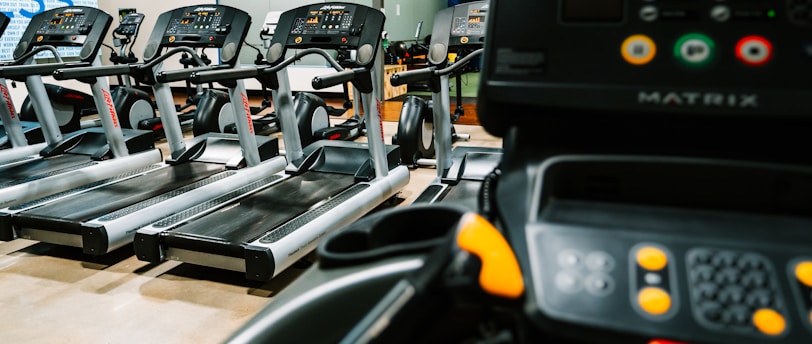Choosing the Right Treadmill for Your Home: Features, Benefits, and More
9/10/20233 min read
Discover the benefits of treadmill workouts, including improved heart health, weight loss, muscle strength, mental well-being, and more. Learn about the differences between AC and DC treadmills, potential side effects, and how to assess power consumption for your home treadmill. When it comes to selecting the perfect treadmill for your home, it's essential to consider the features and benefits that suit your fitness needs. Treadmills have gained immense popularity for their convenience, enabling you to stay active indoors. Not only do they promote physical fitness, but they also have a positive impact on your mental well-being.
Here, we delve into the various advantages of treadmill workouts:
Enhanced Heart Health: Treadmills offer outstanding cardiovascular exercise, helping to improve heart health by maintaining a consistent heart rate throughout your workout.
Effective Weight Loss: Running or jogging on a treadmill aids in quick and efficient weight loss while being gentler on your joints compared to outdoor running. Treadmill workouts burn calories at an accelerated rate, making them an excellent choice for weight management.
Muscle Strengthening: While primarily used for cardio training, treadmills can also strengthen muscles, including glutes, thighs, and calves, contributing to a more well-rounded fitness routine.
Mental Health Benefits: Research has shown that regular exercise, such as treadmill workouts, can reduce the frequency of depression. Physical activity can have a positive impact on mental health, helping to alleviate stress and anxiety.
Improved Brain Health & Memory: As we age, cognitive function tends to decline. Exercise, however, has been proven to enhance brain function and memory, making treadmill workouts a valuable addition to your routine.
Blood Sugar Regulation: Regular treadmill exercise can reduce the risk of chronic diseases like diabetes by helping regulate blood sugar levels, particularly in individuals with Type-2 Diabetes.
Enhanced Sleep Quality: Engaging in treadmill activities can lead to better sleep quality, thanks to the increased release of melatonin, the sleep hormone.
In addition to these health benefits, understanding the difference between AC and DC treadmills is crucial:
AC vs. DC Treadmills: Most homes in the U.S. receive AC current, while large gyms often use AC motor-equipped treadmills. However, home treadmills typically convert AC to DC power for use with DC motors. AC motors start faster and are more powerful but tend to be noisier, while DC motors are simpler, allowing for slower start speeds and more consistent power at higher speeds, making them a preferred choice for home use.
Moreover, it's important to be aware of potential side effects and considerations when using a treadmill:
Joint Pain: Despite cushioning, jogging or running on a treadmill can still cause joint pain in the ankles, knees, or hips. Listen to your body and adjust your pace or stop if discomfort arises.
Maintenance and Repair: Treadmills require regular maintenance and may be challenging to repair independently, often necessitating professional assistance.
Noise Levels: Treadmills can be noisy, especially in a non-gym setting. Factors like motor noise and the sound of running can disturb others.
Boredom: Some individuals may find treadmill workouts monotonous due to their limited exercise variety.
In conclusion, choosing the right treadmill for your home involves assessing your fitness goals and preferences. Whether you opt for an AC or DC treadmill, understanding their differences is essential. Additionally, be mindful of potential side effects and noise concerns while enjoying the numerous health benefits that treadmill workouts offer. For expert advice, consider reading treadmill reviews to find the perfect exercise machine that suits your needs.
Lastly, if you're curious about the power consumption of a treadmill, it's crucial to know that a motor's capacity is measured in HP (horsepower), which can be converted to watts for assessing electricity consumption. For instance, a 1 HP treadmill consumes approximately 0.745 units of electricity per hour.


